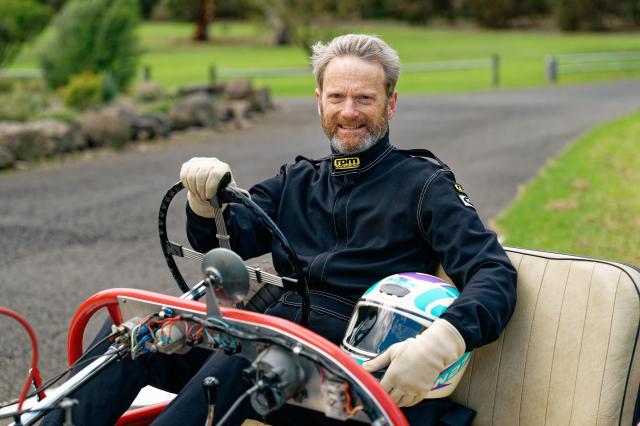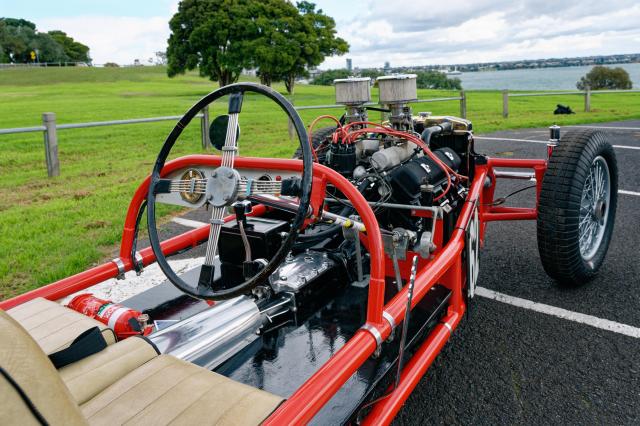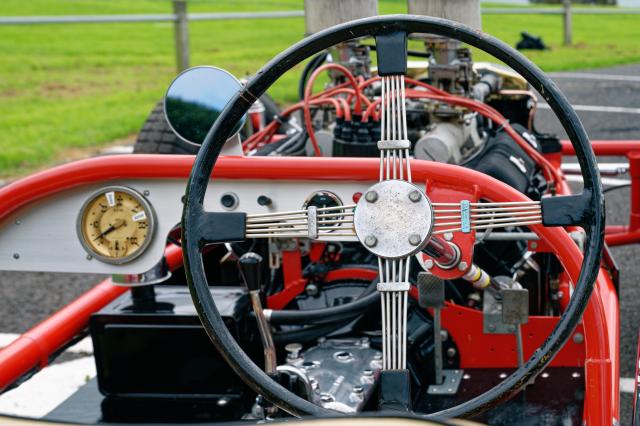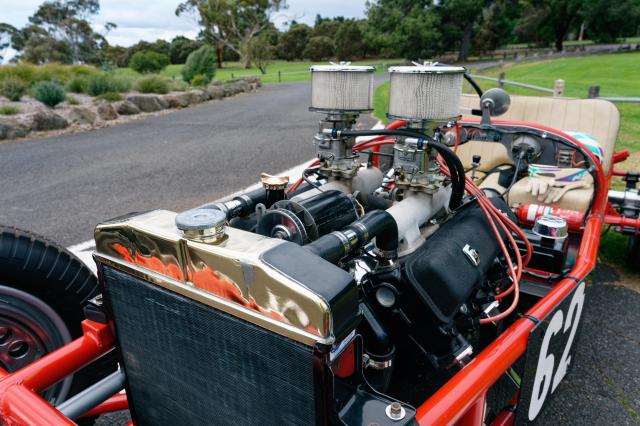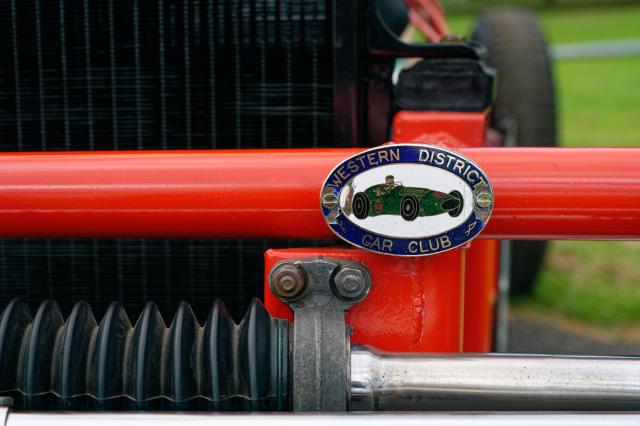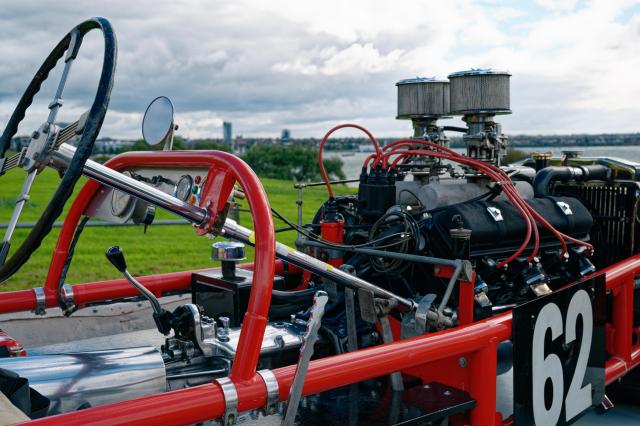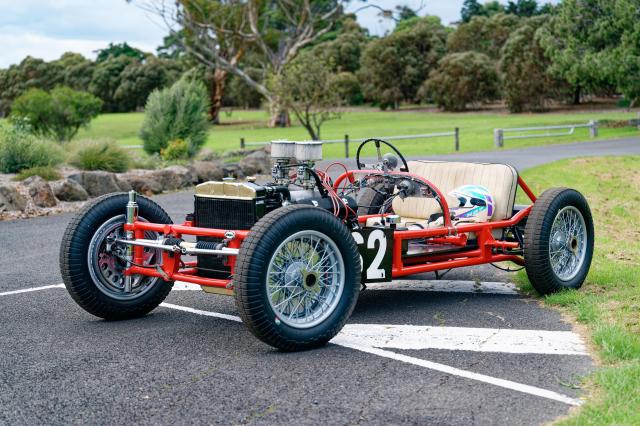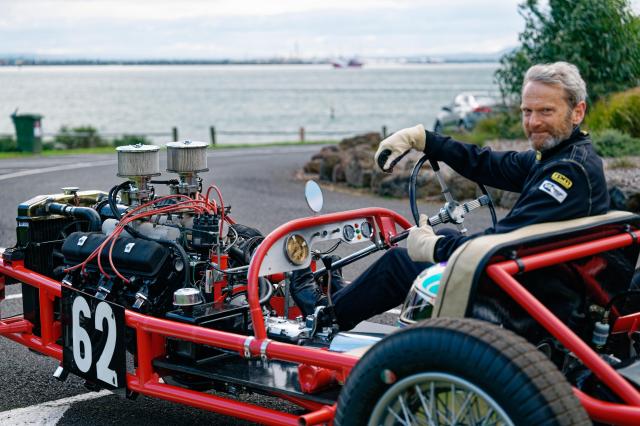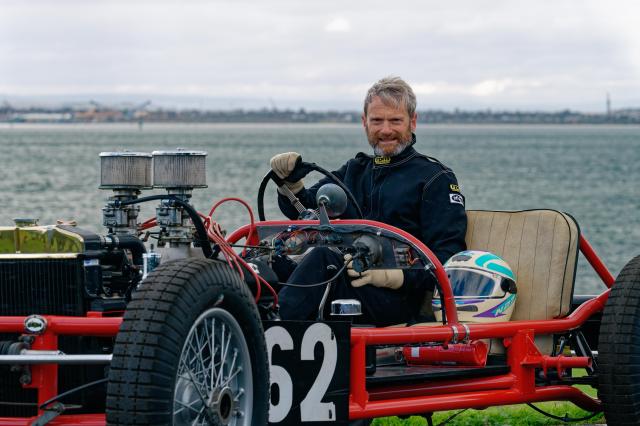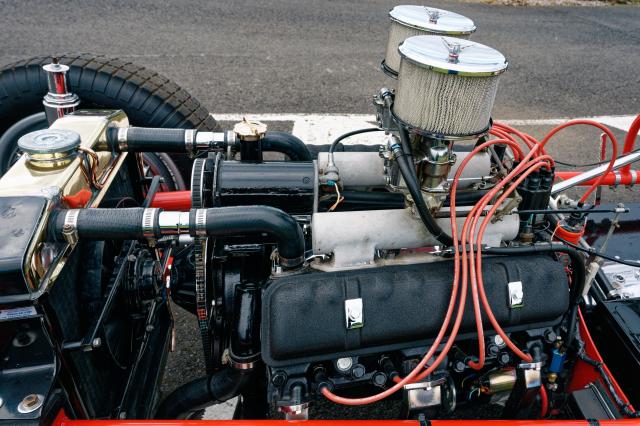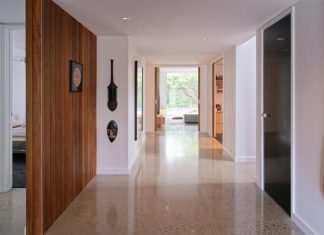Inside Bill Redpath’s East Geelong garage is an Oldsmobile Special which has earnt its place in the Geelong racing history books. ASH BOLT reports.
There’s a little piece of Geelong racing history tucked away in Bill Redpath’s East Geelong garage.
Sitting on the back of a custom-built trailer is an Oldsmobile Special built by Bill’s father Ron to compete in hill climb racing events, as well as the first Geelong Speed Trails in 1956.
“Dad had been an aircraft mechanic during the [second world] war, when he came back home he was interested in all things mechanical,” Bill said.
“Hill climb racing was very big right after the war – right across Australia, and in fact in the UK as well.
“It was a racing style that you could get into relatively cheaply and most people just took their normal road cars.
“You would run up maybe a kilometre course, and then you could drive home again, so it was popular. And you were the only one on the track so you could drive as hard as you’d like.
“So dad decided he’d get involved in hill climb racing and chalked out the chassis on his father’s garage floor and then set about making it.”
Ron started work on the vehicle in the early 1950s, and it originally used a side-valve Ford motor.
“That was the motor of the time – everybody who built specials used side-valve Ford engines,” Bill said.
It used Lancia Lambda running gear, Bill said, with sliding pillar front suspension “like a big motorbike telescopic fork”, real axle and gear box, with steering controlled by a rack and pinion box from a 2.5 litre RM Riley.
Ron raced it competitively for the first time in March 1952 at the Rob Roy Hill Climb and had some success over the following years, getting close to setting records at events across Victoria and South Australia.
“During 1954, dad decided it needed to go faster,” Bill said.
“He’d finished building various different side-valve Ford motors to try to make it go faster, but then he heard about this imported crate engine in Melbourne.
“A lot of hot rod people now buy crate engines, but back in the mid-50s they were something special so he jumped at it.
“At that time he changed the gearbox to a Jaguar gearbox.
“He had it road registered which really only meant that it had some headlights, taillights and an exhaust system, because back then if you could drive it to the police station they basically just gave you a set of number plates.”
Bill said Ron regularly drove the special around Geelong and often caught fascinated looks.
“He drove it a fair bit. He also enjoyed playing golf so he used to go down to the Barwon Heads Golf Club with the golf clubs in it,” he said.
“It was pretty well known around Geelong.”
Over the following year Ron entered the vehicle in the first Geelong Speed Trials in 1956, but found it was becoming uncompetitive.
“As best as I can tell, dad last ran it in 1957, but it was becoming uncompetitive,” he said.
“It had come third in 1955 in the Victorian Hill Climb Championships, which was really something considering it was third behind a couple of little Cooper rear-engine, motorbike engine race cars … even today those little rear-engine cars with motorbike engines are the ones that win.”
To make it more competitive, Ron decided to change the rear suspension to a de Dion suspension with inboard brakes “with the logic being that it lightens the unsprung weight and if you hit a bump you don’t have this big solid rear axle jumping up and down in what is really quite a light car”.
However Ron never finished the project and never raced the car again.
“Dad just lost interest. I think it was probably because I was born and my sister had been born and there was more important things to spend money on than going racing,” Bill said.
“He’d had his fun in it and [it had] been very competitive, but it sat around a million pieces – if you could pull it apart, he’d pulled it apart.
“He didn’t want to do anything with it because it wasn’t competitive anymore and he was against me touching it.
“Unfortunately he passed away very suddenly in 1985 and I thought, ‘oh, now there’s no one to stop me’.”
A mechanical engineer himself, Bill spent the next 10 years restoring the vehicle to its former glory.
“It was a long process because there were a number of bits missing and there was no internet in 1985,” he said.
“I was writing letters or finding someone in Australia that dealt with someone in America, for everything that I needed.
“But I got it back to the way dad had it when he raced it.
“Dad had kept almost everything but it was in 1000 pieces. He kept them all in different boxes, and certainly not marked, because he knew where they were.
“I was lucky that my cousin helped him build it and I was able to ask him along the way if things looked right.
“The only thing that wasn’t in bits was the engine, but it had got water in it so I had to do that up anyway.
“I put the solid back axle back in because I’m not out to win races, I’m just in it for a bit of fun.
“It was interesting how it all came together. I remember I needed a radiator and when I went to a school reunion, I ran into a fellow I had been quite friendly with. He had just bought a radiator shop in Geelong, so I took the car in and some photos and asked him to build me a radiator.
“I also had another friend who I worked with at the State Electricity Commission who was an upholsterer by trade and he did the seats for me.
“And then there was the fuel tank, I had seen one at a swap meet years before I’d even started on the car and I bought it for $5. It turned out it was the exact same type that Dad had used.
“I got pretty lucky putting it all together.”
Bill was able to complete the restoration in time for the 1996 Geelong Speed Trails – 40 years after his father had competed at the same event.
“It went alright, I did a 14-something,” he said.
Up until the pandemic Bill raced the vehicle at hill climbs around the state and said he was hopeful to get on the road with car this year.
He said getting to Rob Roy again and the Geelong Revival Motoring Festival – the successor to the speed trials – in November was his dream.
“It’s pretty cool because there wouldn’t be too many cars left that were there at those first speed trials in 1956,” Bill said.

